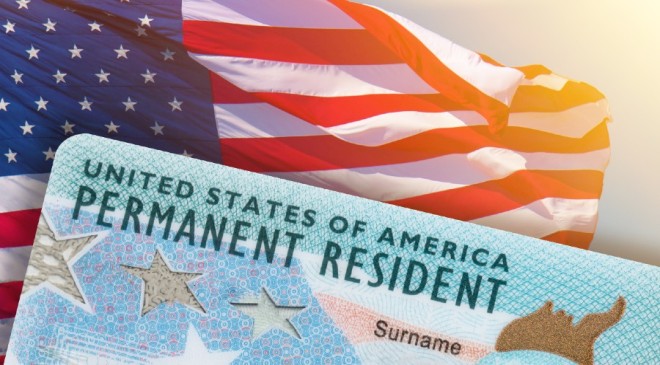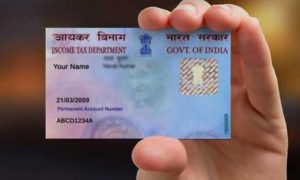In a concerning development for thousands of Indians waiting for permanent resident status (green card) in the US, the waiting time in the employment-based 2 and 3 categories is increasing. There are currently 1.1 million Indians in the queue for green cards, with the majority in the EB-2 and EB-3 categories. Additionally, the US Citizenship and Immigration Services (USCIS) has announced that they will not accept any more EB-2 or EB-3 I-485 applications from India starting fiscal year 2024.
USCIS, on its website, ha said that they have a significant number of employment-based adjustment of status applications in their inventory for EB-2 and EB-3 India. As a result, they cannot accept any additional filings for the entire fiscal year 2024 and beyond. This is in line with Provision 203 of the US Immigration and Nationality Act, which requires the State Department to estimate demand for immigrant visas quarterly. Additionally, INA 245 stipulates that an immigrant visa must be “immediately available” when an I-485 is filed.
According to Manjunath Gokare, founder and managing partner of Gokare Law Firm, a business immigration law firm based in Georgia, told TOI that due to these statutory provisions and the lack of unused family-based immigrant visa numbers, the filing dates for EB-2 and EB-3 India may not advance significantly for several fiscal years.
Form I-485 is the final step in the US green card application process that allows foreign nationals to adjust their lawful immigration status. The EB-2 and EB-3 categories are both employment-based, with EB-2 requiring an advanced degree or exceptional ability in the sciences, arts, or business, and EB-3 requiring at least a bachelor’s degree.
Read More: Weather update: IMD predicts heavy rainfall in THESE places till October 25
Gokare highlights the urgent need for more employment-based visas, stating that the current annual limit of 140,000 is insufficient for a country as economically robust as the United States. If this issue is not addressed promptly, the US risks losing talented individuals to other countries.
The recent USCIS FAQs reveal that as the agency returns to normal operations post-COVID-19, there are fewer unused family-based immigrant visa numbers available to increase the number of employment-based immigrant visas in fiscal year 2024.
Once there are no more unused family-based numbers, the annual number of available employment-based immigrant visas is expected to return to 140,000. However, this limit set by Congress over three decades ago is insufficient to meet the demand for employment-based immigrant visas in all categories.
As a result, non-citizens from all countries should anticipate longer waits for immigrant visas, unless there are changes to the statute or an unexpected decrease in the number of non-citizens seeking employment-based immigrant visas.
Read More: Weather update: IMD predicts heavy rainfall in THESE places till October 25
USCIS acknowledges the challenges faced by those affected by the prolonged wait times and expresses its commitment to working with Congress to find solutions. While USCIS continues to pursue policy and regulatory changes to bring more certainty, stability, and protection for employer-sponsored non-citizens, it emphasizes that only Congress has the power to alleviate the constraints on immigrant visa numbers.





































